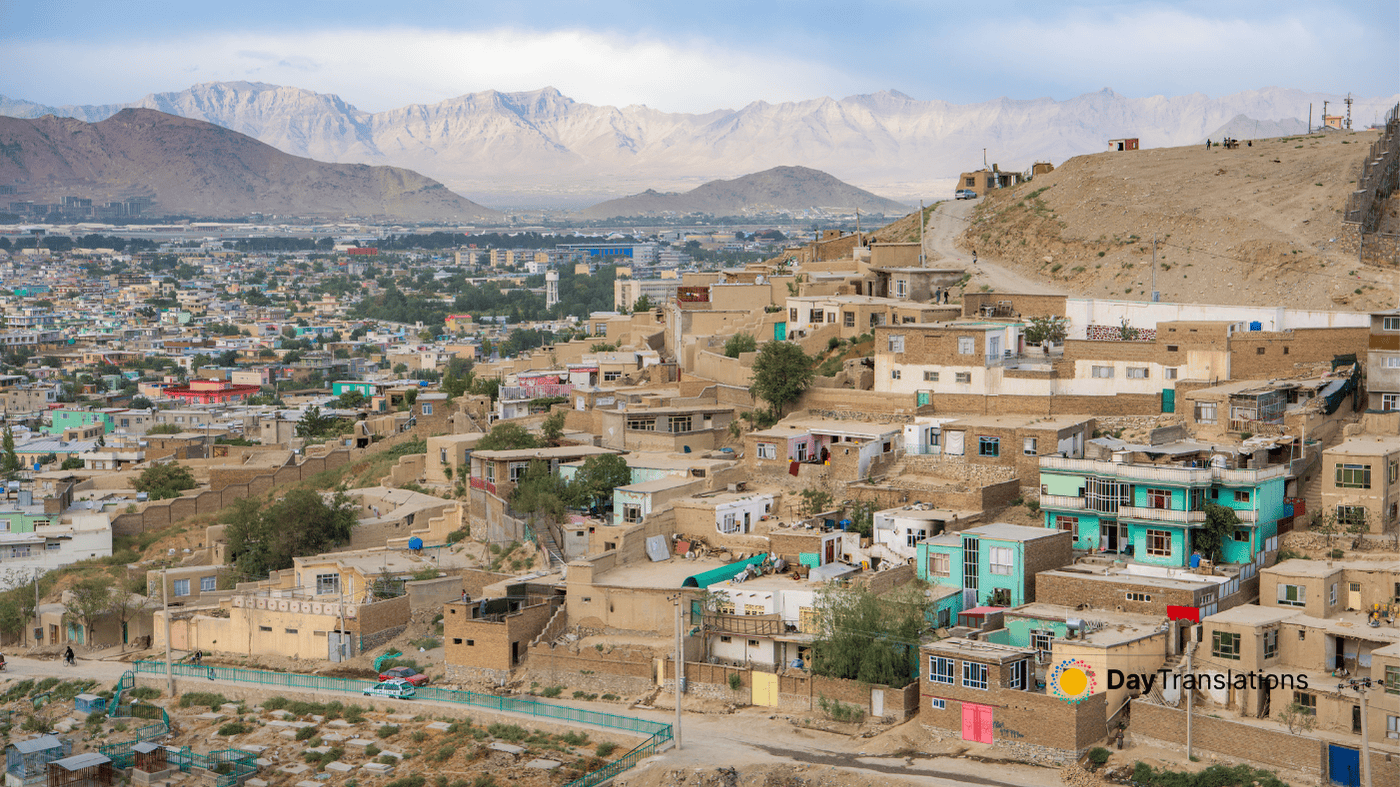Situated south of the United States on the North American continent, Mexico borders the Caribbean Sea, the Gulf of Mexico, between Belize and the US and the North Pacific Ocean, between Guatemala and the US. Different cultures have been living together for centuries. Mexico is a multicultural land with a rich artistic heritage. According the CIA World Fact Book, Mexico is the 13th largest economy in the world and is the third recipient of Foreign Direct Investment flows, among developing economies of the world.
:: Background of Mexico ::
The site of advanced Amerindian civilizations, Mexico came under Spanish rule for three centuries before achieving independence early in the 19th century. A devaluation of the peso in late 1994 threw Mexico into economic turmoil, triggering the worst recession in over half a century. The nation continues to make an impressive recovery. Ongoing economic and social concerns include low real wages, underemployment for a large segment of the population, inequitable income distribution, and few advancement opportunities for the largely Amerindian population in the impoverished southern states. The elections held in 2000 marked the first time since the 1910 Mexican Revolution that an opposition candidate – Vicente FOX of the National Action Party (PAN) – defeated the party in government, the Institutional Revolutionary Party (PRI). He was succeeded in 2006 by another PAN candidate Felipe CALDERON.
In this Country Profile
:: Geography of Mexico ::
Location: Middle America, bordering the Caribbean Sea and the Gulf of Mexico, between Belize and the US and bordering the North Pacific Ocean, between Guatemala and the US.
Geographic coordinates: 23 00 N, 102 00 W
Area:
total: 1,972,550 sq km
land: 1,923,040 sq km
water: 49,510 sq km
Area – comparative: slightly less than three times the size of Texas
Land boundaries: total: 4,353 km; border countries: Belize 250 km, Guatemala 962 km, US 3,141 km.
Maritime claims:
territorial sea: 12 nm
contiguous zone: 24 nm
exclusive economic zone: 200 nm
continental shelf: 200 nm or to the edge of the continental margin
Climate: varies from tropical to desert
Terrain: high, rugged mountains; low coastal plains; high plateaus; desert.
Elevation extremes:
lowest point: Laguna Salada -10 m
highest point: Volcan Pico de Orizaba 5,700 m
Natural resources: petroleum, silver, copper, gold, lead, zinc, natural gas, timber.
Land use:
arable land: 12.66%
permanent crops: 1.28%
other: 86.06% (2005)
Natural hazards: tsunamis along the Pacific coast, volcanoes and destructive earthquakes in the center and south, and hurricanes on the Pacific, Gulf of Mexico, and Caribbean coasts.
Environment – current issues: scarcity of hazardous waste disposal facilities; rural to urban migration; natural fresh water resources scarce and polluted in north, inaccessible and poor quality in center and extreme southeast; raw sewage and industrial effluents polluting rivers in urban areas; deforestation; widespread erosion; desertification; deteriorating agricultural lands; serious air and water pollution in the national capital and urban centers along US-Mexico border; land subsidence in Valley of Mexico caused by groundwater depletion. Note: the government considers the lack of clean water and deforestation national security issues.
Environment – international agreements: party to: Biodiversity, Climate Change, Climate Change-Kyoto Protocol, Desertification, Endangered Species, Hazardous Wastes, Law of the Sea, Marine Dumping, Marine Life Conservation, Ozone Layer Protection, Ship Pollution, Wetlands, Whaling. Signed, but not ratified: none of the selected agreements.
:: People of Mexico ::
Population: 109,955,400 (July 2008 est.)
Age structure:
0-14 years: 29.6% (male 16,619,995/female 15,936,154)
15-64 years: 64.3% (male 34,179,440/female 36,530,154)
65 years and over: 6.1% (male 3,023,185/female 3,666,472) (2008 est.)
Median age:
total: 26 years
male: 24.9 years
female: 27 years (2008 est.)
Population growth rate: 1.142% (2008 est.)
Birth rate: 20.04 births/1,000 population (2008 est.)
Death rate: 4.78 deaths/1,000 population (2008 est.)
Net migration rate: -3.84 migrant(s)/1,000 population (2008 est.)
Sex ratio:
at birth: 1.05 male(s)/female
under 15 years: 1.04 male(s)/female
15-64 years: 0.94 male(s)/female
65 years and over: 0.82 male(s)/female
total population: 0.96 male(s)/female (2008 est.)
Infant mortality rate:
total: 19.01 deaths/1,000 live births
male: 20.91 deaths/1,000 live births
female: 17.02 deaths/1,000 live births (2008 est.)
Life expectancy at birth:
total population: 75.84 years
male: 73.05 years
female: 78.78 years (2008 est.)
Total fertility rate: 2.37 children born/woman (2008 est.)
HIV/AIDS – adult prévalence rate: 0.3% (2003 est.)
HIV/AIDS – people living with HIV/AIDS: 160,000 (2003 est.)
HIV/AIDS – deaths: 5,000 (2003 est.)
Nationality: noun: Mexican(s), adjective: Mexican
Ethnic groups: mestizo (Amerindian-Spanish) 60%, Amerindian or predominantly Amerindian 30%, white 9%, other 1%
Religions: Roman Catholic 76.5%, Protestant 6.3% (Pentecostal 1.4%, Jehovah’s Witnesses 1.1%, other 3.8%), other 0.3%, unspecified 13.8%, none 3.1% (2000 census).
Languages: Spanish only 92.7%, Spanish and indigenous languages 5.7%, indigenous only 0.8%, unspecified 0.8%; note – indigenous languages include various Mayan, Nahuatl, and other regional languages (2005).
Literacy:
definition: age 15 and over can read and write
total population: 91%
male: 92.4%
female: 89.6% (2004 est.)

Sorry, the comment form is closed at this time.